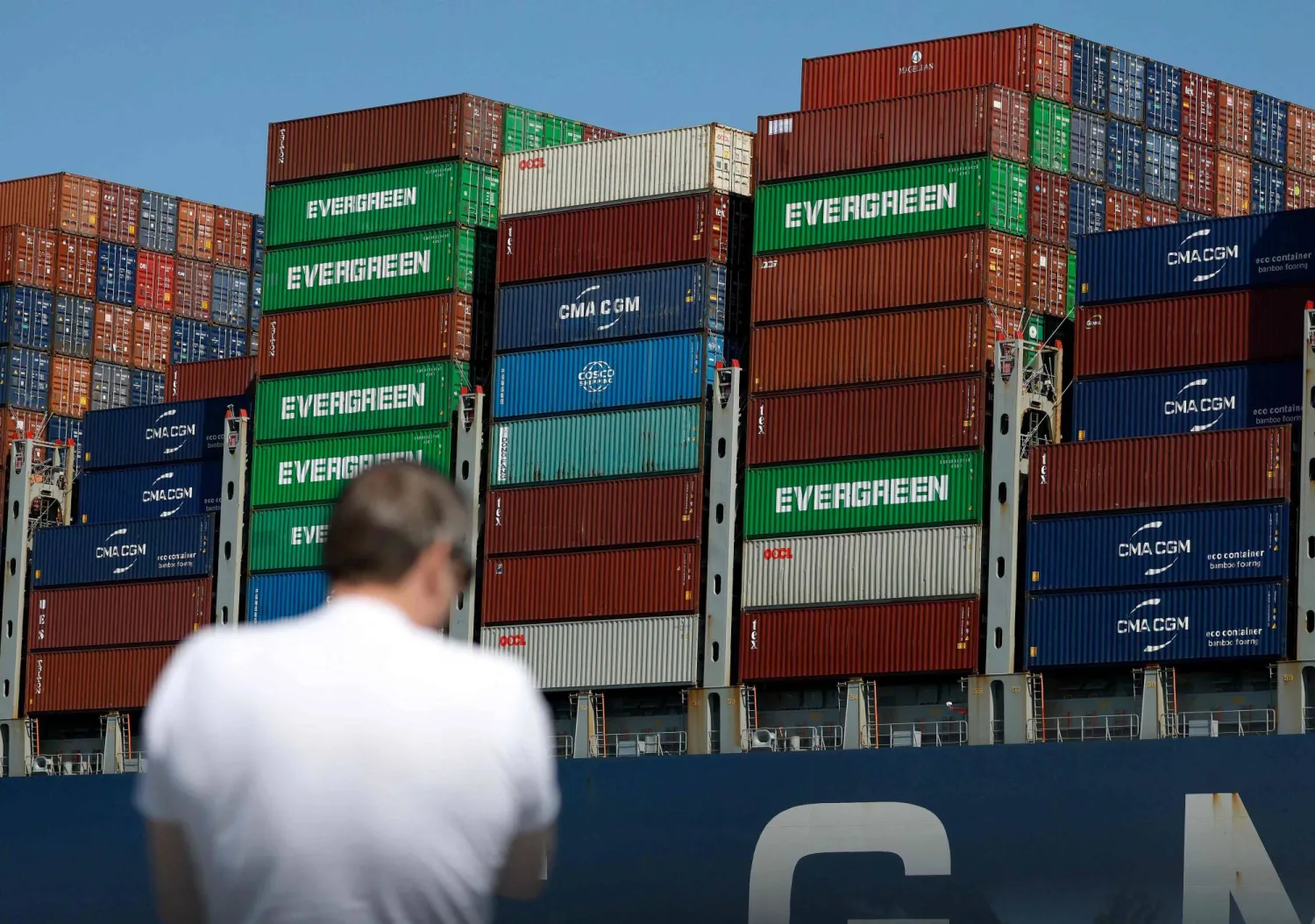Damascus is mired in its suffocating economic crisis. Syria is expelling its people and is divided into three “states” separated by border-like lines, where militias, organizations, extremists and warring foreign armies coming from major and regional countries abound. Contradictory offers and different conditions are put forward to start a long and complicated march out of the abyss and the abandoned land.
But what are the most important conditions and temptations?
The Iranian offer: Iranian President Ebrahim Raisi will arrive in Damascus in the coming days. Tehran, which has maintained an exceptional relationship with the Syrian capital since 1979, further strengthened its ties with Syria after 2011, and provided economic and financial support that exceeded $20 billion. It also delivered militias, weapons, and military support to “save the regime.”
Tehran believes that had it not been for its intervention in Syria at the end of 2012 and its mediation with Russia to engage in the country at the end of 2015, “the ally would have changed.” The regime remained, and will remain, and it wants a price in return.
Iran is seeking a strategic military position that enhances its regional status, in addition to a foothold on the Mediterranean. It demands sovereign financial concessions in oil, gas and phosphate fields, projects and communications. Finally, it wants the Iranians to be treated like the Syrians.
There is no doubt that Raisi’s visit falls in this context, after offers poured in on Damascus to go the other way and benefit from Russia’s preoccupation with the Ukrainian war. But what if Israel bombed the outskirts of Damascus during Raisi’s presence in the Syrian capital?
Arab offers: The Director of the National Security Bureau, Major General Ali Mamlouk, and the Director of General Intelligence, Major General Hussam Louka, visited Arab and Gulf countries in the past weeks, and held meetings for the first time with the leaders of these countries. What are the Arabs offering?
The scope of the offers are wide. It features a direct duo and another major geopolitical proposal. The list includes direct matters, such as stopping the flow of Captagon across Jordan’s borders, and cooperation to prevent the infiltration of smugglers and terrorists. On the geopolitical level, proposals feature changing the nature of the relationship with Iran, so that Syria will not be a foothold and a passage to support terrorist organizations and militias that threaten Arab security.
The list includes Syrian matters, such as the political solution, the constitutional committee, and guarantees for the return of refugees. Some countries are betting that Damascus will almost reach the standards of the “Abraham Accords” with Israel.
On the other hand, the Arab countries offer economic support and exemptions from the sanctions of the US “Caesar Act”, a return to the Arab League and the Arab embrace, in addition to aid and reconstruction.
The Turkish offer: Following the intervention of President Vladimir Putin, Presidents Bashar al-Assad and Recep Tayyip Erdogan agreed to security meetings between the head of the Syrian Security Bureau, Ali Mamlouk, and his Turkish counterpart, Hakan Fidan, in Moscow.
The Turkish request included a joint operation against the PKK and the Kurdish People’s Protection Units, cooperation to return Syrian refugees, and action against terrorism.
In exchange, Ankara offers economic support, financing for reconstruction projects, political contacts, and “legitimization” of the regime.
Assad has not yet agreed to these proposals and wants Ankara to stop supporting the factions, cooperate against terrorism, and announce its withdrawal from Syria.
He is also trying to obtain additional concessions from the Kurds... and punish them for cooperating with America.
Western offers: Western offers differ from one country to another. There is a European decision that includes 3 No’s: No to contributing to reconstruction, no to ending isolation, and no to lifting sanctions before progress in the political process.
On the other hand, there is the US Caesar Act and sanctions imposed by Washington.
On the ground, the US Army is cooperating with its European allies against terrorism and ISIS. There is also field control related to balance and negotiation with Russia, and support for Israel and its raids against Iran in Syria.
Beneath these geopolitical matters, we see small offers related to humanitarian issues: America is knocking on all doors to know the fate of journalist Justin Tice. It seeks to get information in exchange for ending sanctions on influential figures or making exceptions in humanitarian matters.
European countries are proposing to support “early recovery” projects in the electricity, health and education sectors within the international decision to provide cross-border aid (a decision on its extension will be taken before the 10th of next month), in return for providing political facilities and opening consulates in European cities, or a visit of a delegation to Damascus.
Israeli raids: Israel monitors and follows up on some proposals and is sometimes consulted on them, but continues its raids against “Iranian sites” in the country, starting from Damascus in southern Syria, to Albukamal in the northeast, and to the countryside of Tartous in the west.
Tel Aviv, through Western countries or Moscow, demands that Iran strategically withdraw from Syria and commit to the red lines, namely: ending strategic positioning, stopping arming Hezbollah with specific missiles, and halting the construction of factories for the building of accurate and long-range “ballistic” missiles.
It also “offers” facilitating Damascus’ demands in decision-making corridors and capitals, and acceptance of the Russian role, the Russian presence, and the Russian decision.
The Syrian suffering continues and the crisis deepens. The list of conditions or demands is not only long, but also contradictory and confusing, and reflects interests that require an impossible Syrian resolution.
A solution to the Syrian crisis awaits regional and international arrangements, and the birth of the regime from this painful labor, at the Syrian and international levels.







